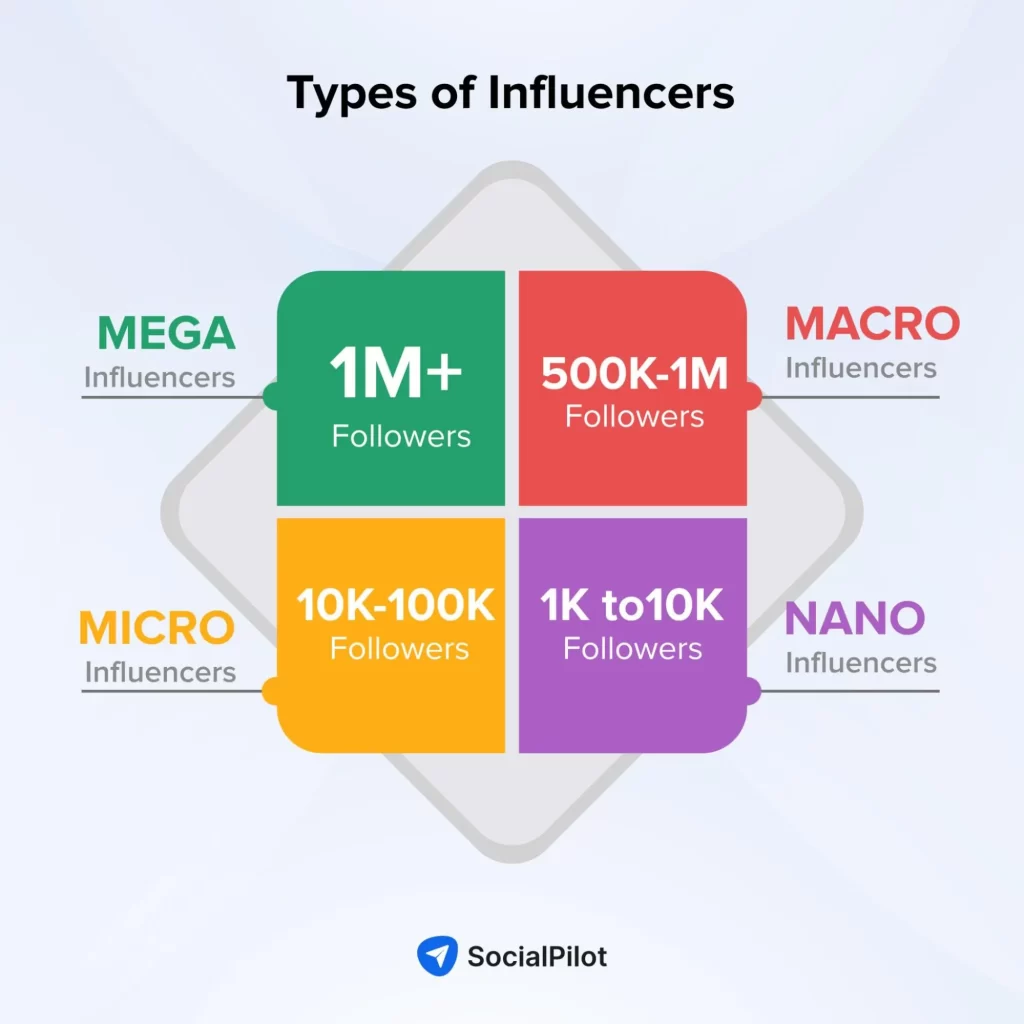The Impact of Micro-Influencers on Niche Market Digital Strategies
Meta Description: Explore how micro-influencers are reshaping digital marketing strategies in niche markets, enhancing brand visibility and engagement through authentic connections.
In today’s dynamic digital landscape, where authenticity and engagement are paramount, micro-influencers have carved a significant niche. With 5 years of experience in SEO and having helped over 20 companies optimize their digital strategies, I've seen firsthand how these smaller influencers can create profound impacts on niche market strategies. This post dives deep into the role of micro-influencers in digital marketing, especially highlighting their contributions to building more authentic and targeted connections with audiences.
Understanding Micro-Influencers
Before delving into their impact, it is crucial to define what micro-influencers are. Micro-influencers typically have between 1,000 to 100,000 followers on social media. Unlike macro or mega influencers, who boast millions of followers, micro-influencers tend to exhibit higher engagement rates and a perceived sense of authenticity. According to studies, micro-influencers can achieve engagement rates of approximately 7%, compared to just 1.5% for macro influencers. This newfound trust and connection enable micro-influencers to act as powerful advocates for brands within specific niches.

The Rise of Micro-Influencers: Why They're Gaining Popularity
1. Current Trends in Influencer Marketing
With the digital marketing landscape evolving, micro-influencers are on the rise. A trend analysis from Influencer Marketing Hub indicates that businesses earn an average of $6.50 for every dollar spent on influencer marketing. Micro-influencers often yield even higher returns, making them invaluable for businesses aiming to optimize their marketing budgets.
Additionally, a survey from Business Insider reveals that 70% of teenagers trust influencers more than traditional celebrities, significantly altering purchase behaviors. This shift demonstrates the growing importance of micro-influencers, especially among younger demographics.
2. Authenticity and Trust
Micro-influencers tend to foster a stronger sense of community around their content, which enhances their relatability. Audiences perceive content from micro-influencers as more authentic, leading to improved conversion rates. Brands benefit from this trust, with research showing that 61% of consumers are more likely to buy from a brand after seeing it endorsed by a micro-influencer.
The Strategic Importance of Micro-Influencers for Niche Markets
1. Cost-Effectiveness and Accessibility
For many businesses, particularly small to medium-sized brands, micro-influencers offer a budget-friendly way to engage prospective customers. Many micro-influencers prefer working in exchange for product samples rather than hefty fees, making collaborations feasible even for niche brands.
2. Enhanced Targeting Capabilities
Micro-influencers often cater to specific niche markets, whether that’s health and wellness, fashion, or technology. By collaborating with micro-influencers who align closely with their brand values, businesses can tap into well-defined target audiences directly.
3. Building Authentic Relationships
Brands that prioritize authentic relationships with their micro-influencer partners often find these collaborations lead to more substantial engagement. Daniel Wellington, for example, effectively grew its social media presence and sales volume by gifting watches to micro-influencers for promotion.
| Brand | Niche | Strategy |
|---|---|---|
| Daniel Wellington | Fashion Accessories | Gifting approach |
| HelloFresh | Meal Kit Delivery | Collaboration with cooking influencers |
| Gymshark | Fitness Apparel | Active partnership with fitness enthusiasts |
How to Identify and Collaborate with Micro-Influencers
1. Finding the Right Micro-Influencer
Utilizing platforms such as AspireIQ, Upfluence, and HypeAuditor can help brands discover micro-influencers who align with their niche. These tools allow businesses to assess an influencer's audience demographics, engagement metrics, and overall fit for the brand.
2. Crafting Authentic Campaigns
When collaborating with micro-influencers, creating a flexible campaign strategy can yield better results. Guiding influencers on brand guidelines while allowing them creative freedom can foster genuine content that resonates with their audience, ultimately enhancing brand visibility.
3. Measuring Success Post-Campaign
Setting clear Key Performance Indicators (KPIs) is essential for measuring the effectiveness of micro-influencer campaigns. Metrics such as engagement rates, reach, and conversions should be analyzed to understand the impact on brand awareness and sales.
Emerging Trends in Micro-Influencer Marketing
1. Video Content and Live Streaming
With platforms like TikTok and Instagram prioritizing video content, micro-influencers are increasingly engaged in live streams and short-form video promotion. Brands must consider these trends, as they provide unique opportunities for interaction and engagement.
2. Adapting to Algorithm Changes
Social media platforms frequently update their algorithms, affecting visibility. Micro-influencers can react quickly to these changes, offering brands a flexible means to stay relevant and visible within niche cultures.
Challenges and Considerations
Despite the numerous advantages, brands should be wary of potential challenges. The influencer market is becoming saturated, leading to difficulties in finding unique voices. Maintaining authenticity is also crucial; collaborations that seem forced or purely transactional can backfire.
Ethical Marketing Considerations
Transparency and ethical marketing are vital to building trust. Brands must ensure that micro-influencers understand their responsibilities in promoting products authentically while adhering to the guidelines set by agencies like the Federal Trade Commission (FTC).
The Role of User-Generated Content (UGC)
User-generated content can complement micro-influencer campaigns beautifully. By encouraging audiences to share their own experiences with products, brands can foster community and authenticity. For instance, a brand like Fenty Beauty has successfully created a space for UGC using micro-influencers to showcase their products in candid yet relatable settings.

Conclusion
The impact of micro-influencers on niche market digital strategies cannot be overstated. Their ability to foster authentic connections and engage targeted audiences presents unparalleled opportunities for brands. As the digital landscape continues to evolve, leveraging the power of micro-influencers will be crucial for businesses wanting to remain competitive and relevant.
Explore more insights on how to navigate the evolving world of digital marketing or get in touch to learn about actionable strategies tailored for your niche market. Sign up for our newsletter to stay updated on the latest trends in influencer marketing!

